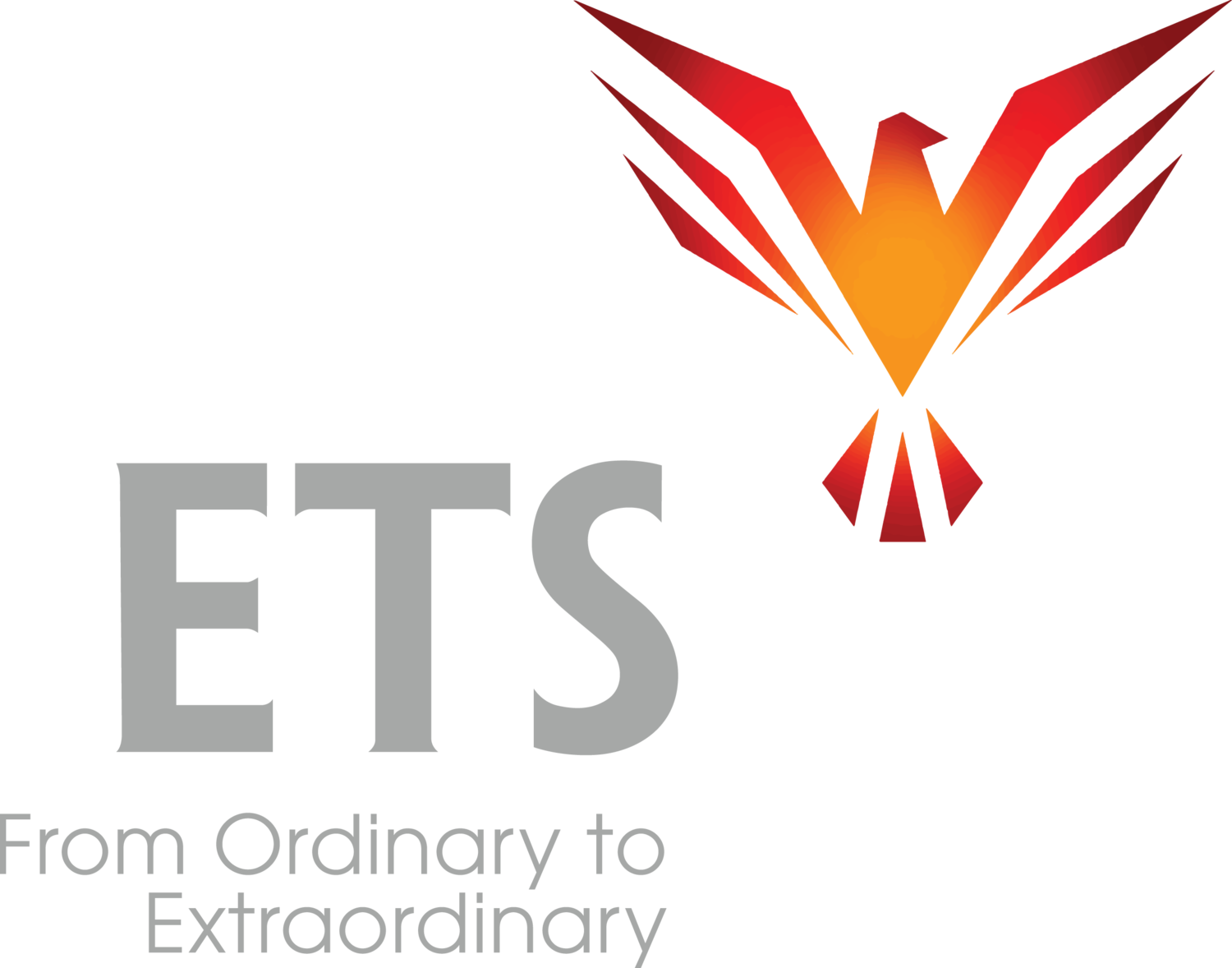Every amazing outcome is built on the foundation of a deep, profound and calming human connection. Despite what you’ve been told, you can build this connection in a matter of minutes if you know how, whether it’s one-on-one, in a meeting or when you’re in front of a group.
I’ve studied so many books and videos on persuasion, influence, leadership, power, all about how to get other people to do what you want. And I always ask myself, “Would I want the other person to know I'm using a technique on them? What would they think if they knew what I'm doing came out of this book?”
Techniques, for me, take the honesty out of the relationship, and then I don't feel like I'm there with all of my integrity. So I refuse to teach “techniques”.
I believe only genuine connections work. The true source of powerful communication is trust, affinity, and above all, it's willingness. When you have the other person's full willingness, there's nothing they won't do for you.
Inside each person is an incredible source of generosity. Most communications aren't good enough to tap into it. True communication does.
There’s this philosophical aspect to it, and then there’s the science behind “how to make it happen”.
Last week I delivered an intensive 3-day coaching workshop on Causative Communication. As occasionally happens, all the participants were men. No particular reason for this, it's random who registers for our open enrollment sessions.
One of the first things we cover in the workshop is how vital making a deep human connection is if you want to have meaningful communication. This strong connection on a personal level transforms ALL conversations, whether they’re intensely difficult negotiations or personal.
We paired the guys up to do the exercise immediately following this lecture and discussion. The exercise is intended to give them the practice and coaching needed to make this skill real, so they learn how to make a strong connection with anyone, and make it happen immediately.
All the guys in the workshop were already successful in life. I’m going to tell you about 2 of them. They're both extremely competent men. One is in sales and closed a $100 million deal during lunch on the 2nd day. The other is a senior director slated for VP who directly influences 150 locations around the world in an $18 billion corporation.
As they were doing the exercise, something neither of them expected happened. First with one and then the other, their eyes filled with tears. I always have a box of Kleenex in the room because this wasn't the first time.
Although it happened in the first 2 minutes of the exercise, it seemed to happen slowly. I was watching their faces and noticed their eyes were slowly welling up and then overflowed.
The senior director said, “I've talk to people my whole life, but I've never actually connected with them, not like this. I just realized how much emotion I have inside me. I just realized how much affinity I have. I’ve been pushing it all down.”
He looked at the man he was paired with and said, “You were a complete stranger when I walked in this morning and now I love you.”
The way he said it was as natural and normal as saying, “I’m glad you’re on the team.”
What they both were feeling was a deep personal connection. This kind of connection, unfortunately, is not common today. I personally want it to be, which is why I teach how to create it.
The amazing thing about this connection is that it's made without words, it's BEYOND words, it's a level of being able to reach people that's way beyond words. It has nothing to do with what you say.
All the guys learned how to make this powerful connection within the first minutes of a conversation. They learned this by lunch on the first day. Then they learned how to use the connection as a launching pad for powerful, meaningful communication.
The guys had so much fun the first evening of the workshop. After they left for the day, they made strong connections with all the people they encountered. They amazed and happily stunned everyone they talked to, including business meetings and a variety of people they’d only met for the first time.
The outcomes of their all conversations were extraordinary, including getting “this never, ever happened before incredibly good” results and cooperation in discussions with their boss.
We celebrated their outcomes the morning of the 2nd day. They were exhilarated. Each success sparked a good bit of laughter and spontaneous applause.
Does everyone who comes to this workshop cry? No. But they’re all deeply moved, deeply touched by the difference having this beautiful connection makes in ALL their interactions, especially in the big important conversations where the outcomes really matter.
The ability to make this connection is a skill, it’s an ability, it’s not a personality trait, any personality type can learn it.
It’s so worth making that connection before talking about anything. Everything just goes so much better.
I know from my own life and from working with thousands of clients, I know outstanding communication gives you a life of ecstasy, exhilaration, joy, a life that is thrilling. Most people would not call their day-to-day life thrilling. But it can be. Making that connection is a big part of that.
I am dedicated to empowering others.
If you’re interested in learning more about how to create that kind of connection, I invite you to a webinar I’ll deliver next week on how to make what you want happen. It starts with making a deep human connection and I’ll be covering how to do that.
Wishing you many meaningful connections in all your upcoming conversations!








